Inbox and Environment News: Issue 440
March 1 - 7, 2020: Issue 440
Pittwater's Fledglings 2020: A Late Summer - Early Autumn Annual Bird Fest In A Spotted Gum Tree Cathedral
Although it is not recommended to feed wild birds as they become dependant and lose their ability to forage in the wild, a neighbour had put out a small amount of mincemeat for the family - this is not the best food for meat-eating birds as the mince can get stuck on their beaks and cause infections - experts state dried dog biscuits are better, if you must feed them, better yet plant out your garden with bird-attracting shrubs and trees or look after the dirt so it gets filled with what they like to eat. This particular family of kookaburras will perch on a low branch of one eucalypt when we're gardening, ready to swoop down over the shoulder and grab any insects dislodged during digging. That certainly wakes you up!
Watching them this week, and their precarious balancing on wires, or being quite at home on a slim tree branch, has been a delight for residents and visitors alike. Some sequences showing you this tipping back and forth on a wire runs below. The two youngsters soon grew tired of this swaying, which their shorter tail feathers may have helped cause, and moved to a rooftop and then back into the Spotted Gum trees.
Their parents and last year's siblings loudly warned any coming too near to get away, making that territorial echoing 'laugh' song loudly.
The laughing kookaburra (Dacelo novaeguineae) is a bird in the kingfisher subfamily Halcyoninae. It is a large robust kingfisher with a whitish head and a dark eye-stripe. The upperparts are mostly dark brown but there is a mottled light-blue patch on the wing coverts. The underparts are white and the tail is barred with rufous and black. The plumage of the male and female birds is similar. The territorial call is a distinctive laugh that is often delivered by several birds at the same time, and is widely used as a stock sound effect in situations that involve a jungle setting.
Being amongst a Tree Cathedral, a Grove of Spotted Gums affords many such encounters as the fledling kookaburras are among a host of birds spotted being fed - everything from new Magpies to Rainbow Lorikeets, Butcher Birds and Currawongs are making its way out of the cosy nests provided, some of which have been captured this week for your pictorial enjoyment.
Hot Days Forecast: Please Keep Your Bird Baths Topped Up Or Put Out Shallow Dishes Of Water In The Shade For Local Fauna
Please Help Sydney Wildlife Rescue: Donate Your Cans And Bottles And Nominate SW As Recipient
You can Help Sydney Wildlife help Wildlife. Sydney Wildlife Rescue is now listed as a charity partner on the return and earn machines in these locations:
- Pittwater RSL Mona Vale
- Northern Beaches Indoor Sports Centre NBISC Warriewood
- Woolworths Balgowlah
- Belrose Super centre
- Coles Manly Vale
- Westfield Warringah Mall
- Strathfield Council Carpark
- Paddy's Markets Flemington Homebush West
- Woolworths Homebush West
- Caltex Concord road Concord West
- Bondi Campbell pde behind Beach Pavilion
- Westfield Bondi Junction car park level 2 eastern end Woolworths side under ramp
- UNSW Kensington
- Enviro Pak McEvoy street Alexandria.
Every bottle, can, or eligible container that is returned could be 10c donated to Sydney Wildlife.
Every item returned will make a difference by removing these items from landfill and raising funds for our 100% volunteer wildlife carers. All funds raised go to support wildlife.
It is easy to DONATE, just feed the items into the machine select DONATE and choose Sydney Wildlife Rescue.
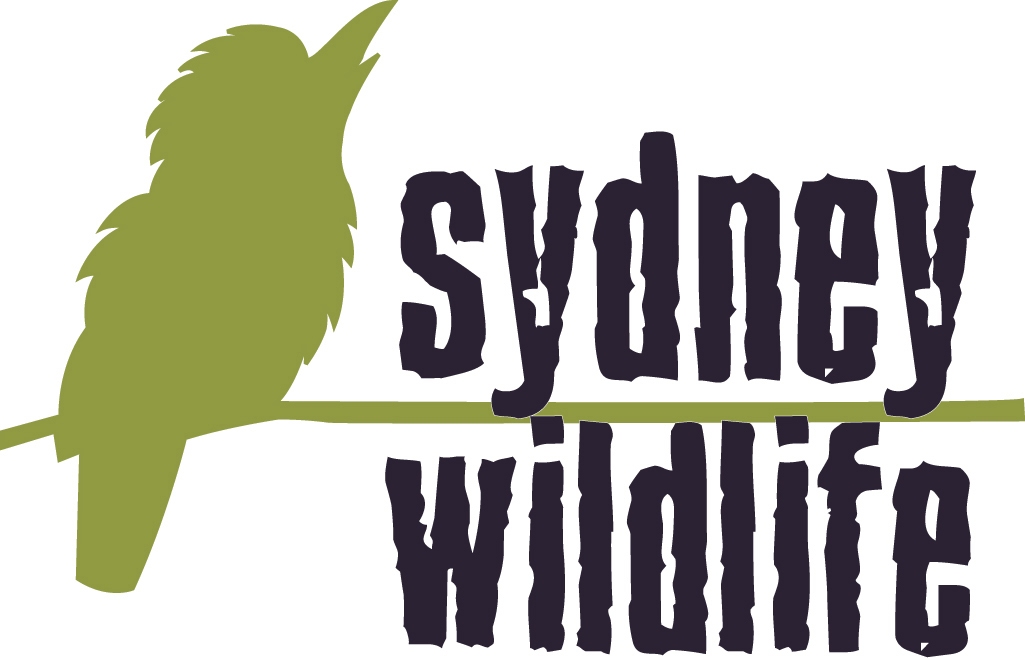
Friends Of Narrabeen Lagoon Catchment: Bushwalks 2020
North Narrabeen Beach Clean: March 1- Legends Cleaning Beach Vol. 6.
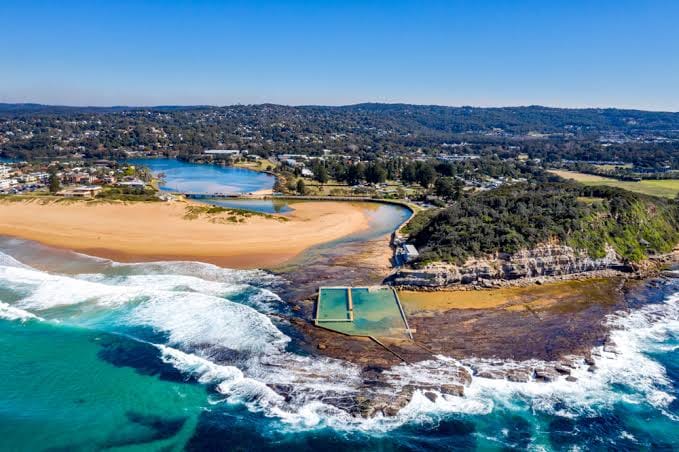 Hosted by Legend Element
Hosted by Legend ElementBush Regeneration Dinner
- Amuse bouche
- Earth crackers and plant based dips (gf df v)
- Entree
- Heirloom carrots 3 ways, almond ricotta, wild fennel (gf df v)
- Main (choice of)
- Fermented mushroom, parsnip gnocchi, charred tomatoes (gf df v)
- or
- Pork, apple, kakadu plum, potato mille feuilles, beach mustard (gf df)
- Dessert
- Coconut wattleseed biscuit, passionfruit curd, mango gel, mint gelly (gf df v)
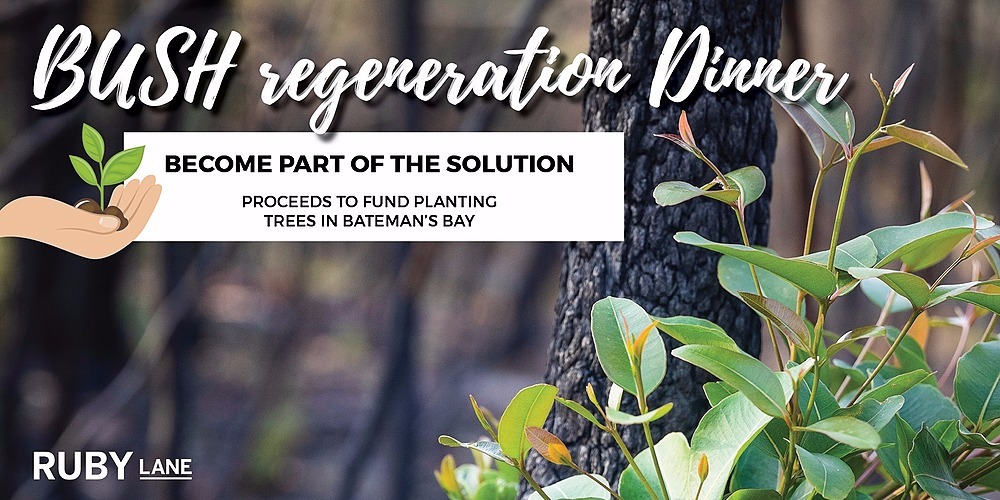
Climate Action Now: What Will It Take To Make It Happen?
- Zali Stegall (Independent MP for Warringah
- Kristina Keneally (Labor Senator for NSW)
- David Shoebridge (Greens NSW Upper House MP)
- Vivienne Paduch (School Strike 4 Climate Activist)
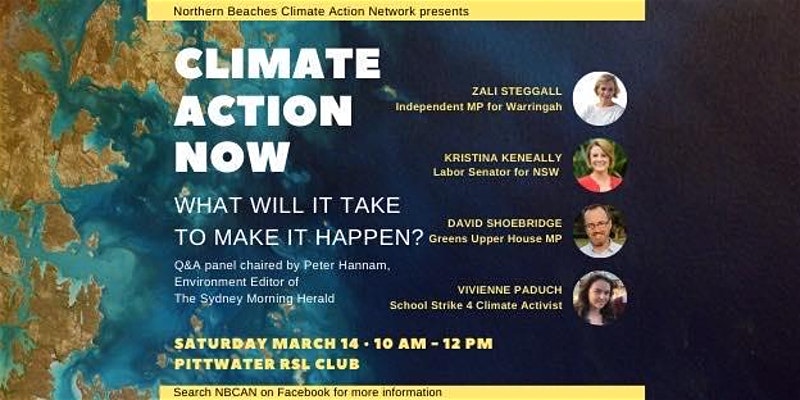
Rock Platform Tour
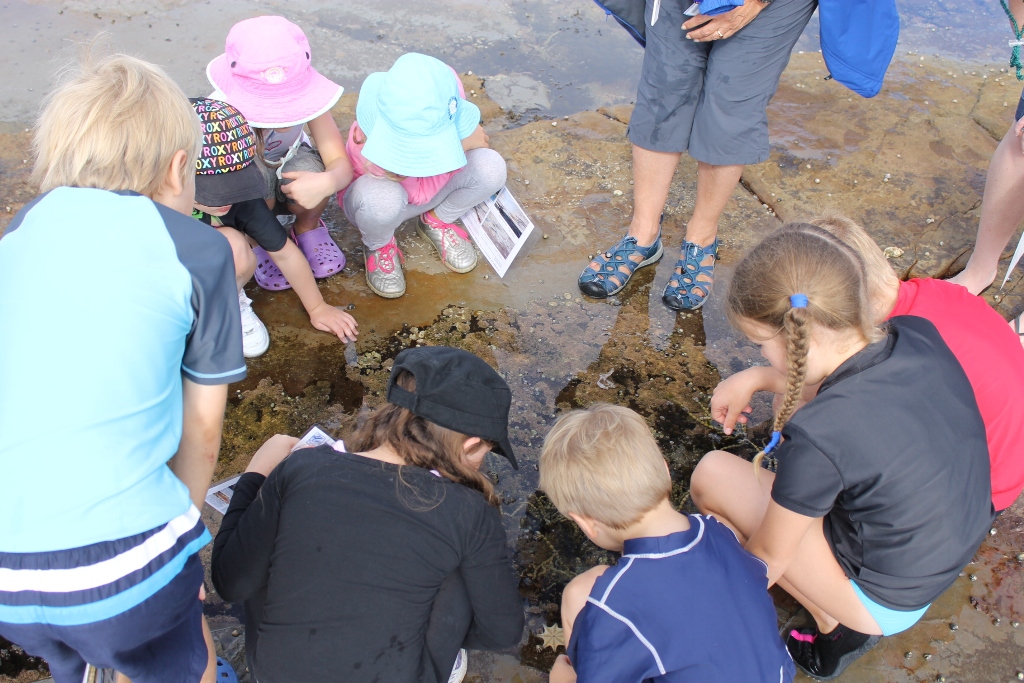
Bushcare In Pittwater
Where we work Which day What time
Avalon
Angophora Reserve 3rd Sunday 8:30 - 11:30am
Avalon Dunes 1st Sunday 8:30 - 11:30am
Avalon Golf Course 2nd Wednesday 3 - 5:30pm
Careel Creek 4th Saturday 8:30 - 11:30am
Toongari Reserve 3rd Saturday 9 - 12noon (8 - 11am in summer)
Bangalley Headland 2nd Sunday 9 to 12noon
Bayview
Winnererremy Bay 4th Sunday 9 to 12noon
Bilgola
North Bilgola Beach 3rd Monday 9 - 12noon
Algona Reserve 1st Saturday 9 - 12noon
Plateau Park 1st Friday 8:30 - 11:30am
Church Point
Browns Bay Reserve 1st Tuesday 9 - 12noon
McCarrs Creek Reserve Contact Bushcare Officer To be confirmed
Clareville
Old Wharf Reserve 3rd Saturday 8 - 11am
Elanora
Kundibah Reserve 4th Sunday 8:30 - 11:30am
 Mona Vale
Mona Vale Mona Vale Beach Basin 1st Saturday 8 - 11am
Mona Vale Dunes 2nd Saturday +3rd Thursday 8:30 - 11:30am
Newport
Bungan Beach 4th Sunday 9 - 12noon
Crescent Reserve 3rd Sunday 9 - 12noon
North Newport Beach 4th Saturday 8:30 - 11:30am
Porter Reserve 2nd Saturday 8 - 11am
North Narrabeen
Irrawong Reserve 2nd Saturday 2 - 5pm
Palm Beach
North Palm Beach Dunes 3rd Saturday 9 - 12noon
Scotland Island
Catherine Park 2nd Sunday 10 - 12:30pm
Elizabeth Park 1st Saturday 9 - 12noon
Pathilda Reserve 3rd Saturday 9 - 12noon
Warriewood
Warriewood Wetlands 1st Sunday 8:30 - 11:30am
Whale Beach
Norma Park 1st Friday 9 - 12noon
Western Foreshores
Coopers Point, Elvina Bay 2nd Sunday 10 - 1pm
Rocky Point, Elvina Bay 1st Monday 9 - 12noon
Gardens And Environment Groups And Organisations In Pittwater
Pittwater Reserves
Australian Waterbird Slaughter Season To Go Ahead In Victoria Despite Billions Of Animals Killed Through Fire And Drought
The Victorian government has announced this week the 2020 slaughter of waterbirds will go ahead again this year. Although Victoria's Environment Minister Lily D'Ambrosio was said to be considering cancelling the season, Agriculture Minister Jaclyn Symes wanted it to go ahead, as did Member for Eastern Victoria Melina Bath, who called on the state government to confirm this year's duck season, as the shooters "are incredibly important to Gippsland's regional economy".
Sean Dooley, from Birdlife Australia, was hopeful there was debate going on within the Government about the viability of this year's hunt, earlier in February 2020. On Wednesday, politics won and the birds lost.
"There's been a 90 per cent reduction in waterbird numbers since the 1980s, and we've had an incredibly dry year this year, to the extent where pretty much the only standing water in eastern Australia is in Victoria," Mr Dooley said earlier in February.
"Those wetlands that are left will have larger numbers of birds … many of the refugees [from drought] from further north.
"And [the ducks] just don't need this now, not after the dry conditions we've seen and not after the recent devastating fires. And for the psyche of Victorians, we don't need to see more wildlife killed."
It is estimated there were about a million waterbirds in eastern Australia in the early 1980s, but recent figures show numbers have dwindled to roughly 200,000. A recent Aerial Survey of Wetland Birds in Eastern Australia showed wetland habitat was at its lowest level since surveys began in 1982. Researchers from the University of NSW believe this has led to a decline in the number of ducks and their ability to breed.
Despite all this, the 2020 Bird Slaughter Season dates have been announced with the killing to begin before dawn and continue until dusk, so any birds waking to leave their nests, or return to them, cannot escape the killing.
The Coalition Against Duck Shooting campaign director Laurie Levy had said it would have a "shocking impact" on the region's waterbirds if a duck season went ahead prior to this week.
"The Victorian public will be outraged if a few shooters could get their thrill kills by shooting native water birds. There are so few birds left, they can't take it anymore," Mr Levy said. "We've lost two or three billion animals in bushfires and Ms Bath wants people to kill more native animals just for fun."
Mr Levy had expected the Victorian government to call a moratorium on duck shooting this year due to seasonal conditions.
"We will be out there in force if it goes ahead with our rescue teams to treat wounded water birds, and we will be laying out shot protected species out the front of the Premier's office," he said.
In recent years the bodies of dead, so called 'protected' birds have lined the pavements of Victorian streets - most of them intact, despite one of the 'conditions' of the slaughter requiring the 'hunters' to at least slice off the breast meat for use after they have murdered a bird.
From May 2nd, 2020 the big tough hunters with their killing sticks will have an open season on Pacific Black Duck, Mountain Duck, Chestnut Teal, Grey Teal, Pink-eared Duck, Wood Duck and Hardhead, and as the Coalition Against Duck Shooting has found in every year this happens, anything else that flaps a wing near them, protected or not.
Tasmania is also still locked into the dark age of men and it too will allow the murder of birds again this year in its own Bird Slaughtering Season.
Koala Crossing Signs In Western Sydney Disappear And Reappear
Strange doings have been reported by the good people at Campbelltown this week - Koala Signs that were once on Moorebank Avenue right near the Intermodal Development have recently disappeared. On Thursday, February 27th this was reported to the Liverpool City Council Australia who were unaware of this. The day after, one was put back again - in part.
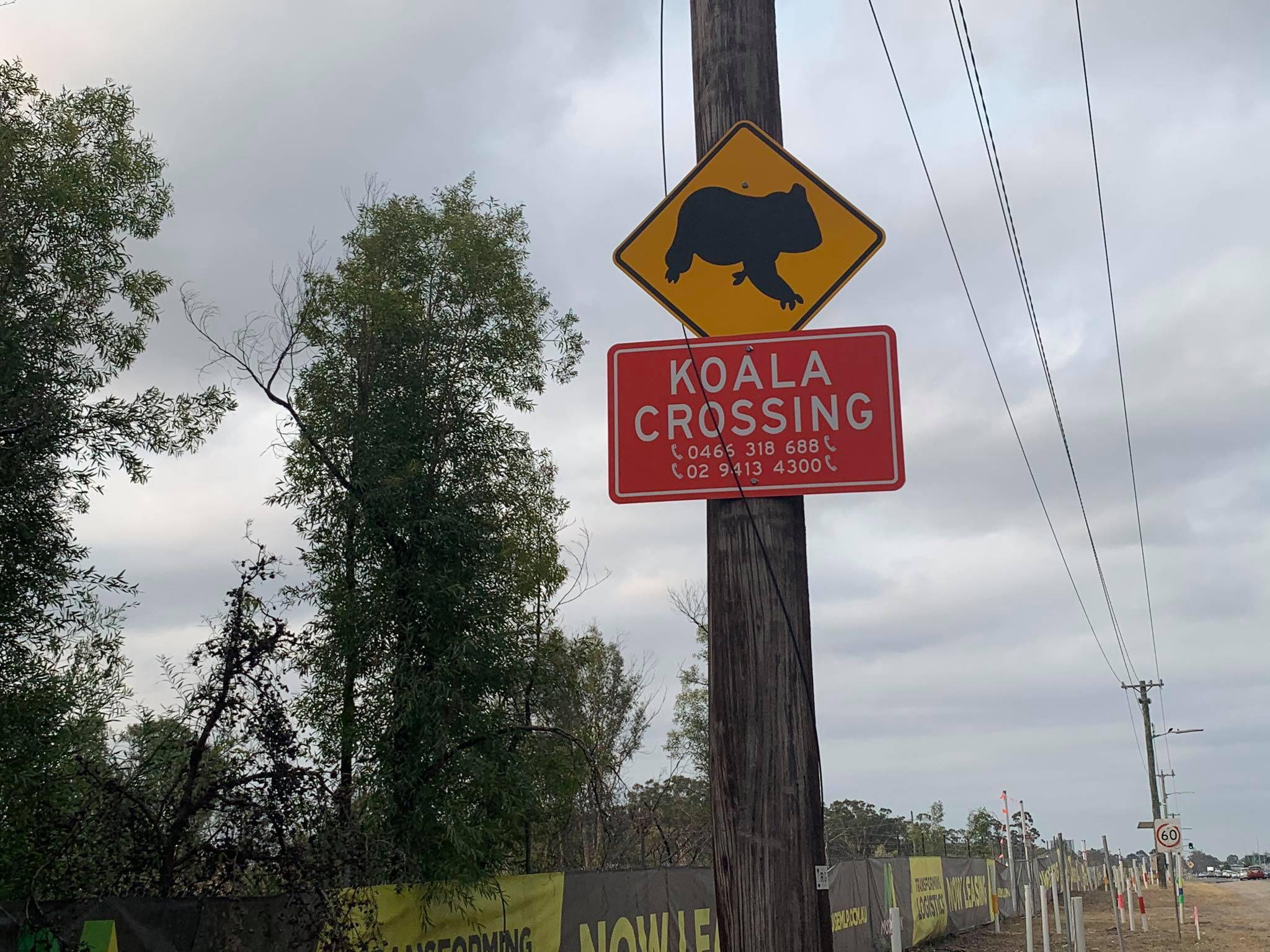
Before
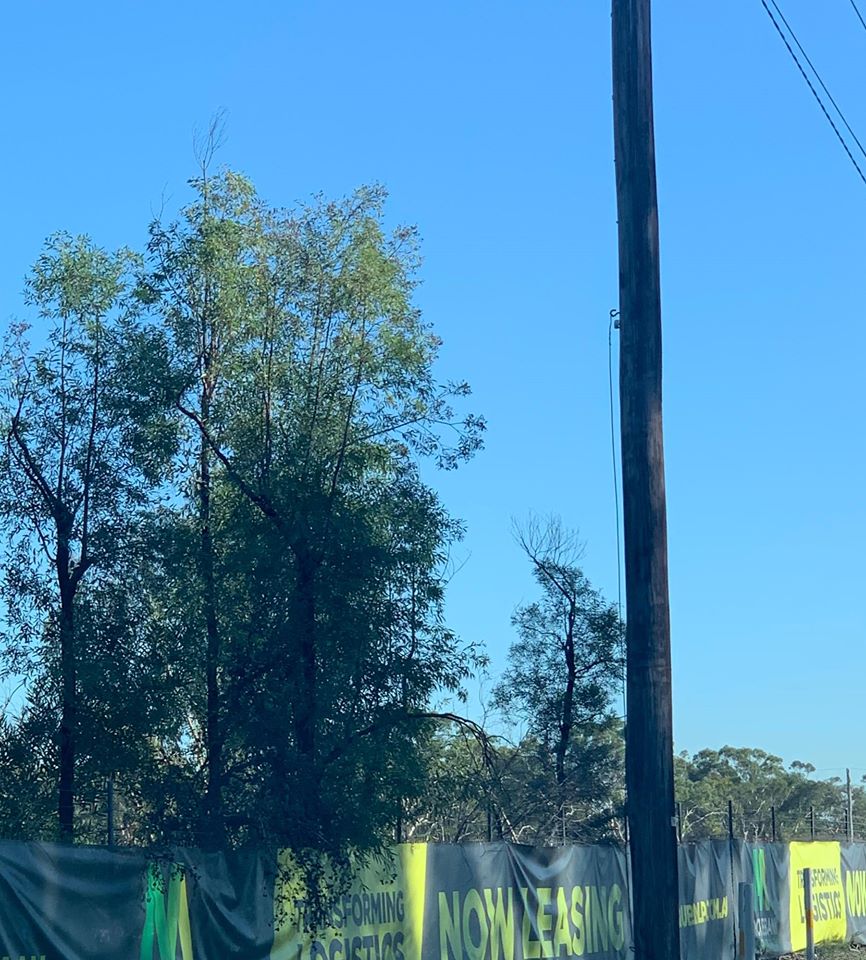
After - Feb 27, 2020
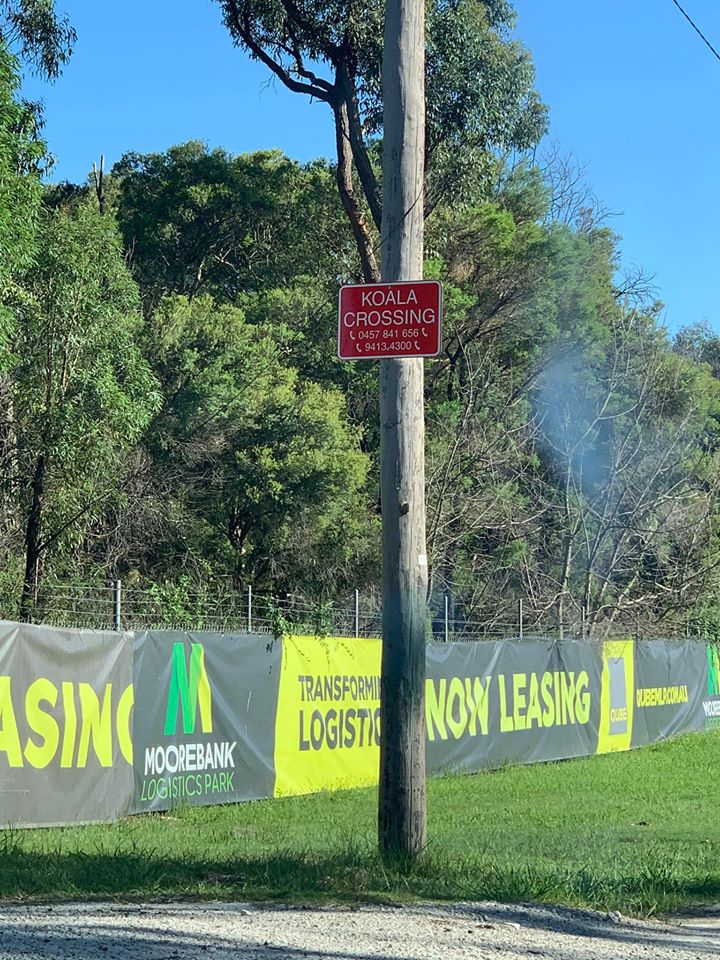
After Friday Feb. 28th, 2020
Those who continue to do their utmost to save the koalas still resident in the area have opined that the signs were taken down because the development has destroyed koala habitat and a koala and wildlife thoroughfare and the 'powers that be' may have been a tad embarrassed by their 'we're for koalas' stance being undermined by the factual and actual reality of their very own 'translocations to facilitate developments' and developments proceeding despite the obvious long-term 'costs'.
The Moorebank Intermodal Company (MIC) is a wholly owned Australian Government entity established to facilitate the development of an intermodal terminal at Moorebank.
Liverpool City Council did not approve the Moorebank Intermodal.
The Planning Assessment Commission (PAC) approved the early stages of the project.
Liverpool Council has advised residents that;
During the construction phases, there are likely to be some impacts on the local environment and community.
That council also advises residents to report environmental incidents to the Department of Planning & Environment 1300 305 695 or email: compliance@planning.nsw.gov.au.
When reporting an incident you should provide the following details:
- Time
- Date
- Location
- Details of your concern (including photos/video where applicable)
If only the wee soft furry doe eyed sentient beings could talk, make a phone call, send an email.....
Only when the last soft sound of the last soft pad through the also felled forest has died away will you know what you have lost.
One Little Bandicoot Can Dig Up An Elephant’s Worth Of Soil A Year – And Our Ecosystem Loves It
February 28, 2020 by
Euan Ritchie; Associate Professor in Wildlife Ecology and Conservation, Centre for Integrative Ecology, School of Life & Environmental Sciences, Deakin University
Amy Coetsee; Threatened Species Biologist, University of Melbourne
Anthony Rendall; Associate Lecturer in Conservation Biology, Deakin University
Duncan Sutherland; Deputy Director of Research, Phillip Island Nature Parks; Research Fellow, University of Melbourne
Leonie Valentine; Research Associate, School of Plant Biology, University of Western Australia
On Churchill Island, southeast of Melbourne, small cone-shaped, shallow holes (digs) puncture the grass. They’re widespread, and reveal moist soil below the surface. A soil heap at the entrance of a dig is a sign it was made recently.
Older digs are filled with leaves, grass, spiders, beetles and other invertebrates. They are made by hungry eastern barred bandicoots – small, roughly rabbit-sized digging marsupials – looking for a juicy worm or grub.
It turns out these bandicoot digs are far from just environmental curiosities - they can improve the properties and health of soils, and even reduce fire risk.
But eastern barred bandicoots are under threat from introduced predators like foxes and cats. In fact, they’re considered extinct in the wild on mainland Australia, so conservation biologists are releasing them on fox-free islands to help establish new populations and ensure the species is conserved long-term.
Our recent research on Churchill Island put a number on just how much the eastern barred bandicoot digs - and the results were staggering, showing how important they are for the ecosystem. But more on that later.
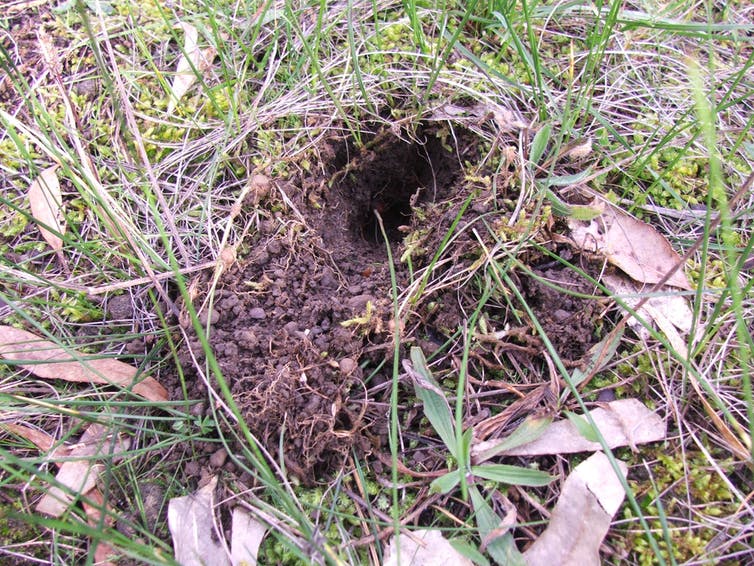
A dig from an eastern barred bandicoot. Amy Coetsee
Why you should dig marsupial diggers
Digging mammals – such as bettongs, potoroos, bilbies and bandicoots – were once abundant and widespread across Australia, turning over large amounts of soil every night with their strong front legs as they dig for food or create burrows for shelter.
Their digs improve soil health, increase soil moisture and nutrient content, and decrease soil compaction and erosion. Digs also provide habitat for invertebrates and improve seed germination.
What’s more, by digging fuel loads (dry, flammable vegetation, such as leaves) into the soil, they can help bring down the risk of fire.
Rather than leaves and other plant matter accumulating on the soil surface and drying out, this material is turned over faster, entering the soil when the badicoots dig, which speeds up its decay. Research from 2016 showed there’s less plant material covering the soil surface when digging mammals are about. Without diggers, models show fire spread and flame height are bigger.
In fact, all their functions are so important ecologists have dubbed these mighty diggers “ecosystem engineers”.
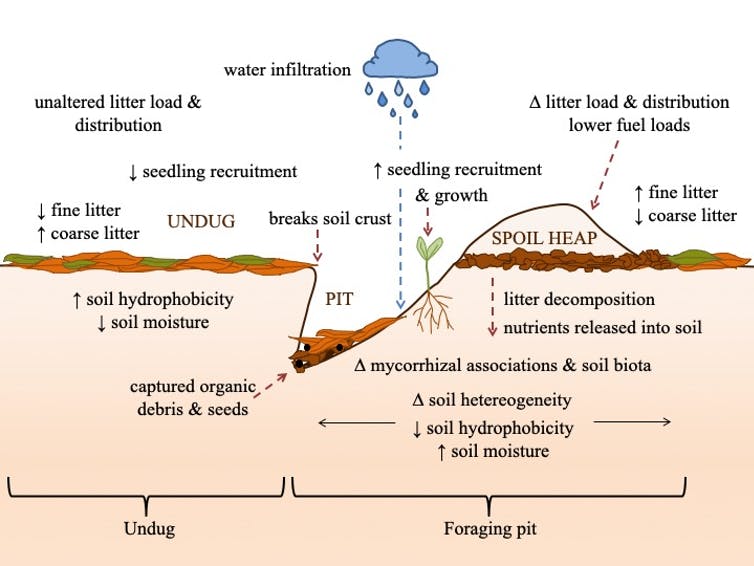
How bandicoot digs affect soil. Leonie Valentine, Author provided
Losing diggers leads to poorer soil health
Of Australia’s 29 digging mammals, 23 are between 100 grams and 5 kilograms. Most are at risk of cat and fox predation, and many of these are officially listed as threatened species by the International Union for Conservation of Nature.
Since European settlement, six of Australia’s digging mammals have gone extinct, including the lesser bilby, desert rat kangaroo and pig-footed bandicoots. Many others have suffered marked population declines and extensive range contraction through habitat destruction and the introduction of foxes and cats.
Tragically, the widespread decline and extinction of many digging mammals means soil and ecosystem health has suffered as well.
Soils that were once soft textured, easy to crumble, rich and fertile are now often compact, repel water and nutrient poor, impeding seed germination and plant growth. Fuel loads are also likely to be much higher now than in the past, as less organic matter is dug into the soil.
To date, most research on digging mammals has focused on arid environments, with much less known about how digging influences wetter (mesic) environments. But our recently published study on eastern barred bandicoots provides new insights.
Just how much do bandicoots dig anyway?
In 2015, 20 mainland eastern barred bandicoots were released onto Churchill Island in Victoria’s Westernport Bay.
On mainland Australia, fox predation has driven this species to near extinction, and it’s classified as extinct in the wild. All Victoria’s islands are beyond the historic range of eastern barred bandicoots, but fox-free islands could be how we recover them.
Introducing bandicoots on Churchill Island presented the perfect opportunity to quantify how they influence soil properties when digging for food.
To do this we recorded the number of digs bandicoots made each night and measured the volume of soil they displaced through digging. We also compared soil moisture and compaction within the digs, versus un-dug soil – and we didn’t expect what we found.
In one night on Churchill Island, one bandicoot can make 41 digs an hour. That’s nearly 500 digs a night, equating to around 13 kilograms of soil being turned over every night, or 4.8 tonnes a year. That’s almost as much as the average weight of a male African elephant.
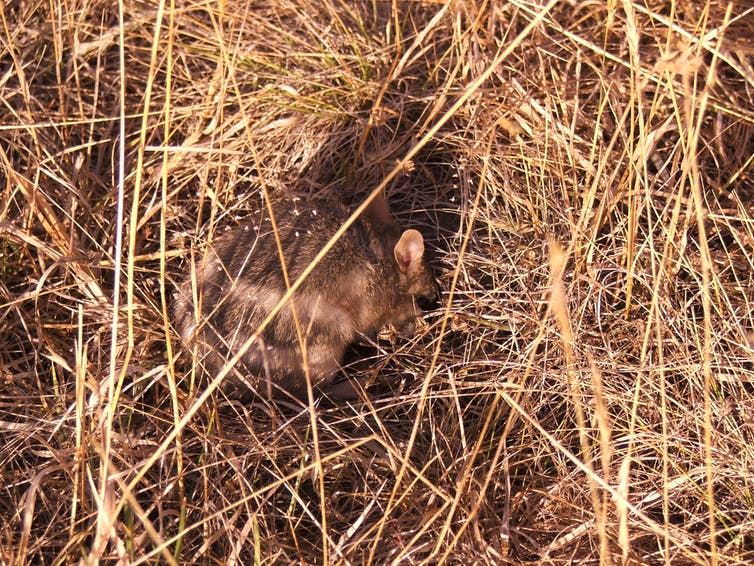
Bandicoots turn over huge amounts of soil in their search for food. Amy Coetsee
So, an astonishing amount of soil is being turned over, especially considering these bandicoots typically weigh around 750 grams.
If you multiply this by the number of bandicoots on Churchill Island (up from 20 in 2015 to around 130 at the time of our study in 2017), there’s a staggering 1,690 kilos of soil being dug up every night. That’s some major earthworks!
However, we should note our study was conducted during the wetter months, when soils are typically easier to dig.
In summer, as soil becomes harder and drier on Churchill Island, digging may become more difficult. And bandicoots, being great generalists, feed more on surface invertebrates like beetles and crickets, resulting in fewer digs. So we expect in summer that soil is less disturbed.
Bandicoots might help agriculture too
All this digging was found to boost soil health on Churchill Island. This means eastern barred bandicoots may not only play an important role in ecosystem health and regeneration, but also potentially in agriculture by assisting pasture growth and condition, reducing topsoil runoff, and mitigating the effects of trampling and soil compaction from livestock.
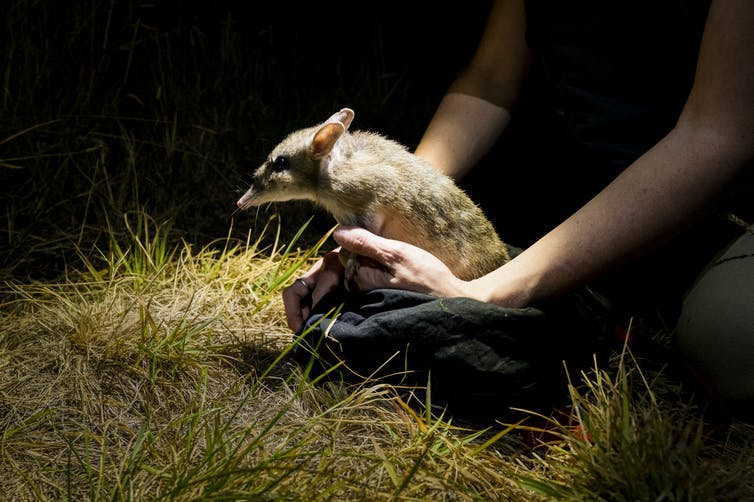
One of 20 eastern barred bandicoots being released on Churchill Island. Zoos Victoria
The benefits bandicoot digs have across agricultural land is of particular importance now that eastern barred bandicoots have also been released on Phillip Island and French Island, and are expected to extensively use pasture for foraging.
These island releases could not just help to ensure eastern barred bandicoots avoid extinction, but also promote productive agricultural land for farmers.
So, given the important ecological roles ecosystem engineers like bandicoots perform, it’s also important we try to reestablish their wild populations on the mainland and outside of fenced sanctuaries so we can all benefit from their digging, not just on islands.
Lauren Halstead is the lead author of the study reported, which stemmed from her honours research at Deakin University. She also contributed to the writing of this article.
This report was published first in The Conversation - republished under a Creative Commons licence, click here to read the original article.
A Plan To Save Earth's Oceans: UQ
UK Scientists Call On Government To Increase Ambition To Save Our Ocean
- Enable the repair and renewal of marine habitats rather than managing degraded or altered habitats in their reduced state;
- Unite conservation policy and fisheries management as the two are critically dependent on each other rather than competing interests;
- Establish improved processes for understanding the benefits from ocean protection in a format that leaves in no doubt the links between ocean protection and human lives and livelihoods;
- Develop a smarter approach to managing the health of the entire ocean that moves beyond MPAs and enables links to be made across sectors towards sustainability.
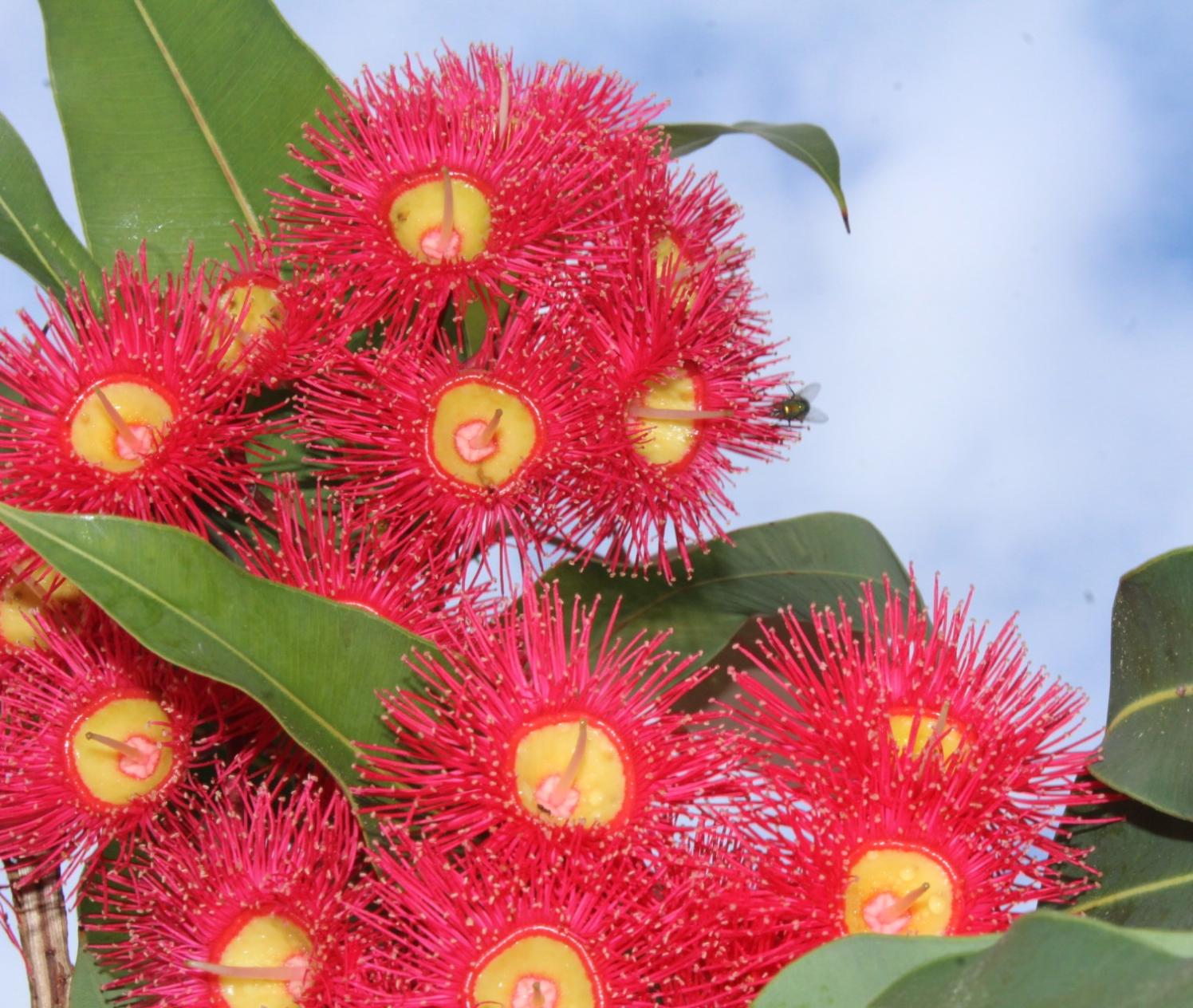
Clouds over Newport this week
Aussie Bread Tags Collection Points

Time For Action On Aged Care Crisis
- Mandating minimum staff-to resident ratios, and availability of registered nurses 24/7 in residential aged care facilities,
- Disclosure and reporting on staffing levels, with greater transparency for consumers,
- Minimum mandatory qualifications and a registration scheme for personal care workers, and
- The Commonwealth taking the lead on aged care workforce planning.
- mandatory minimum staff-to-resident ratios, including ensuring sufficient skilled nurses in residential aged care facilities (RACFs),
- increased GP aged care Medicare rebates for patients to facilitate enhanced medical practitioner care of aged care residents, and
- expanded home care investment to allow more older people to stay longer in their own homes and relieve pressure on residential aged care services.
Hearing Aids May Delay Cognitive Decline
1 In 15 Hospitalisations Could Be Prevented Through Early Health Interventions
Downsizing Report Focus On Older Australians
- to achieve a particular lifestyle (27 per cent)
- for financial outcomes (27%)
- because their garden or property required too much maintenance (18%)
- because they were forced to do so (15%).
An Ageing Population - It’s Not All Doom And Gloom
- the increasing wealth of retirees
- the contribution of older people to informal care and volunteering
- increased labour market participation among older Australians
- the overall decline in pension spending as a proportion of GDP.
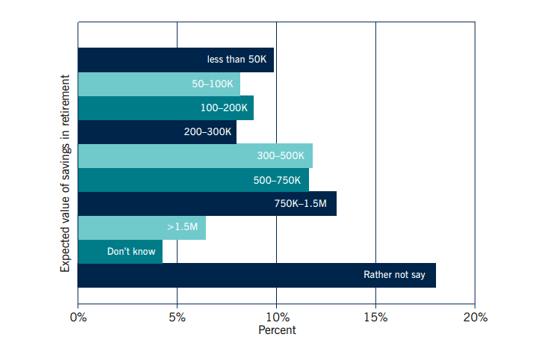
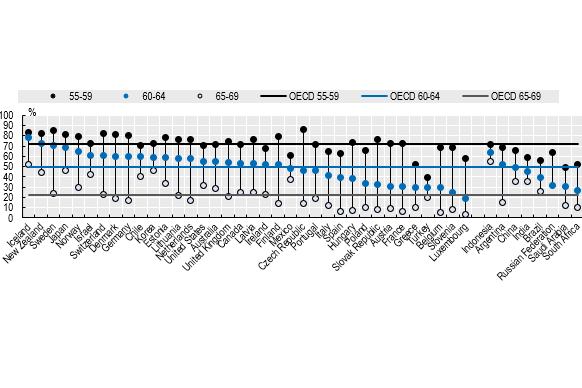
Australian Law Says The Media Can’t Spin Lies – ‘Entertainment Magazines’ Aren’t An Exception
February 24, 2020
By Andrew Dodd, Director of the Centre for Advancing Journalism, University of Melbourne
In a recent ruling the Australian Press Council has given a signal to gossip magazines it is OK to make up and publish rubbish about people, so long as the stories aren’t “blatantly incorrect”.
This is despite the council’s own guidelines stating all member publications must strive for accuracy and avoid being misleading.
The council, which adjudicates complaints against the print media, has also suggested it’s OK to have less rigorous standards when reporting on royalty and celebrities.
And all this happened in a ruling against a magazine for publishing falsehoods.
A confused adjudication
The council has upheld a complaint about an article published in Woman’s Day on May 27 2019. The cover declared: “Palace confirms the marriage is over! Why Harry was left with no choice but to end it.”

The Woman’s Day from May 27 2019 at the centre of this ruling. Woman's Day
The inside story was titled “This is the final straw” and claimed: “Prince Harry has been left enraged and humiliated by a series of shock revelations about his wife’s past” and he “has finally reached breaking point”.
In upholding the complaint, the Press Council said the headline was “blatantly incorrect” and not supported by the article’s contents. It also ruled the headline “was more than just an exaggeration […] it was misleading”.“
But the council has sent a strong signal it will be lenient with publications that exaggerate.
It said: ”[A]n entertainment publication can be expected to use some exaggeration" and “celebrity and gossip magazines are purchased for light entertainment, with readers not necessarily assuming that everything presented is factual”.
The phrase “not necessarily” suggests some people might believe what’s presented is factual. But, that aside, why is the Press Council making rulings at odds with its own general principles?
The first principle says publications should “ensure that factual material in news reports and elsewhere is accurate and not misleading and is distinguishable from other material such as opinion”.
How does it reconcile these two contradictory ideas? It’s a question Marcus Strom, the president of the journalists’ union, MEAA Media, has been considering. He told The Conversation:
The Press Council guidelines are clear that all member publications must strive to be factual and not misleading. I’m surprised that falsehoods – where not “everything presented is factual” – are allowed within that definition.
If you’ve walked past a rack of magazines in the supermarket and wondered just how many times the same celebrity can become pregnant, you may have asked yourself why these publications can print falsehoods on an almost industrial scale. You might have concluded they’re just gossip magazines and no one takes them seriously.
That same thinking seems to be driving the Press Council’s comments. But is that good enough?
The idea these publications have a special exemption from journalistic standards is a concept with almost no foundation in law. There is no special provision under Australia’s defamation laws for this class of magazines.
There is no “celebrity” defence that allows the media to make up lies about people. Even the defamation law’s defence of “triviality” offers very little protection. The Rebel Wilson case made that perfectly clear.
Lawyer Dougal Hurley, of Minter Ellison, tells The Conversation gossip magazines trade on light entertainment, and readers “can and do expect a level of hyperbole that they would not in news media”.
However, he concludes:
This does not mean that the defence of triviality will succeed if these magazines are sued for defamation. Indeed, the rejection of triviality defences by the jury [in the case of] Wilson is evidence of this. Gossip magazines that have not already changed their editorial practices risk being liable for significant defamation payouts.
Out-of-step thinking
The other controversial suggestion in the ruling is that the media can apply less rigorous standards when reporting on the royal family and celebrities.
The Council also acknowledges that the reasonable steps required to be accurate and not misleading in an article concerning royalty and celebrities can, depending on the circumstances, be different to those required in respect of other persons, particularly those who are not usually in the public eye.
The council offers little reasoning for this, but is no doubt assuming that, as public figures, they should expect incursions on their privacy and sensationalised coverage. Again, the council’s thinking is looking out of step with the increased use of the courts to combat inaccurate reporting and false gossip.
Hurley says: “Although in many respects gossip magazines are as they ever were, it is also true that they are bearing more risk in circumstances where they purport to report news and publish to a global audience instantaneously.”
He continues:
While international celebrities may appear to be easy targets for gossip magazines, our notoriously plaintiff-friendly defamation laws mean that these celebrities can and will sue in Australia. Only a major overhaul of Australia’s defamation laws will prevent the libel tourism that has contributed to Australia becoming the defamation capital of the world.
Perhaps in these circumstances, the Press Council might do its members – and the public – a greater service by insisting proper standards apply to all reporting, and that accuracy and fact checking be the norm, even for the magazines at the supermarket checkout.
This article was first published in The Conversation, republished under a Creative Commons Licence, visit here to read the original report.
Hundreds Of Gifted Children Flock To UNSW Campus
February 21st, 2020
By Rachel Gray
UNSW opens its doors to children across Australia as part of its GERRIC workshops to prevent gifted underachievers becoming lost in the school system.

UNSW GERRIC offers programs for gifted children from years 3 to 10
Archie loves to read and has just started Ranger’s Apprentice, a series of teenage medieval fantasy books by Australian author John Flanagan. The 12-year-old from the outback NSW town of Dubbo has an aptitude for the written word and recently won $50 in a poetry writing contest at the local RSL.
“I enjoy English, poetry, story writing and reading,” Archie says.
But when asked what he wants to be when he grows up, the precocious kid is quick to say “a cricket player.”
“It‘d be my dream to play cricket for Australia,” he says.
“And when I retire, or if I get dropped from the team, if I do end up playing, then I’d like to either be a policeman or an international pilot."
Archie is one of 335 children from across Australia who attended UNSW’s unique and highly specialised GERRIC Student Programs for gifted children last month.
GERRIC holds exclusive three-day programs in January and July for kids from years three to 10 at UNSW’s Kensington campus in Sydney.
It’s a place where kids who outperform in the top 10 per cent for their age group get to learn everything from history, to the arts, mathematics, technology, communication skills, music and more.
This year, Archie has been enrolled in the Spatial Storytelling workshop, taught by UNSW lecturer Dean Utian.
The workshop explores the deeper meaning of architecture and spaces in films, and students get to make their own short video as a result.
Mr Utian, who has nurtured gifted kids at GERRIC for 20 years, says Archie and his newfound friend, Manuel, paired-up to make a two-minute satirical political news report.
“Archie is a sweet student, very motivated, focused, self-directed, engaged and enthusiastic,” Mr Utian says.
It is these traits that often characterise gifted kids, he says. “They can pick up on things very quickly, you can introduce something and they’ll take it a lot further without much direction.”
Archie says he has had fun making the video using editing suite Premiere Pro, a skill which he is excited about developing when he returns to school in Dubbo.
“For the news, we’ve covered Donald Trump and his impeachment, climate change, the Hong Kong protests and the unsocial balance in society,” Archie says of his collaborative effort with his classmate.
“We’ve also got a green screen and this dude is sitting in a car and he’s looking out a window where we’ve put Greta Thunberg saying; “how dare you?”
Archie’s grandmother says her grandson began spelling his own name before his first birthday. But, she says, his giftedness has only been identified in the last 12 months or so.
“So before that,” she says, looking adoringly at her grandson sitting beside her, “Arch was having lots of different difficulties at school in some of his social interactions.”
“And he’s a bit of a gifted underachiever,” she says of her grandson who also has Autism Spectrum Disorder.
GERRIC Director, Associate Professor Jae Jung, says that teaching needs to be appropriately pitched to the specific needs of gifted students.
“Typically, this will mean that the teaching needs to be at a faster pace and needs to cover material that is at a greater level of complexity and depth,” A/Prof Jae Jung says.
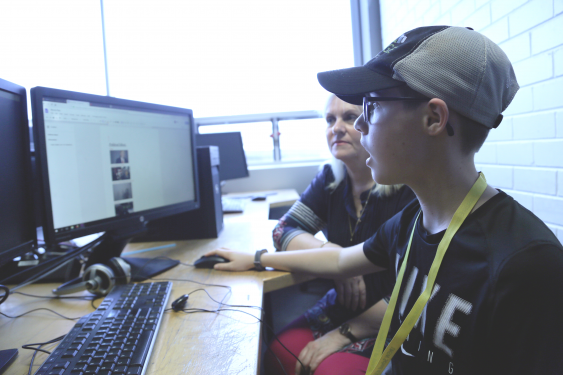
Archie beside his grandma at UNSW GERRIC in Sydney (photo: Rachel Gray)
And UNSW is one of only three universities in Australia that specialise in gifted education as a compulsory part of teacher training programs.
UNSW student Rachel Wilton assisted during the January workshops and is on her way to completing the Responding to Gifted and Talented Students course as part of her teaching degree.
She says being able to identify students who are gifted but are underachieving is a really important skill to prevent them from falling behind in the school system.
“Some of the students grew bored and became distracting to other students if their minds weren't being stimulated enough,” she says of the GERRIC workshop she assisted with.
“What I had learnt in theory certainly informed how I prepared, managed behaviour, spoke and explained instructions in the classroom.”
Children who attend the GERRIC workshops are often from humble backgrounds and not identified as gifted because of expensive out-of-school tutoring.
And many children from low-income households go unrecognised as gifted because the specialised IQ test costs a pocket-draining $1000.
Archie is the eldest of four and his parents are struggling to maintain their family business during the drought.
“The river,” Archie says. “Dad and I used to go fishing heaps but we haven’t fished for over a year now because there is no fish in the river. Huge algae has started to grow.”
With all this going on in his hometown, the boy from outback Dubbo was even more heartbroken to hear he missed out on one of only very few scholarships on offer.
Thankfully, when teachers attending the monthly Gifted Education workshops heard about Archie’s story, they snapped into action by pitching in five, 10 or 20 dollars each.
It was just enough to pay for him to attend the Spatial Storytelling workshop.
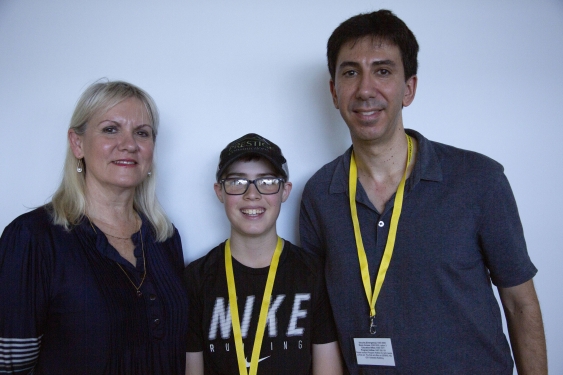
Archie stands between his grandmother and UNSW GERRIC teacher Dean Utian
Archie says he is a “really big fan” of GERRIC and it has given him something to look forward to as he envisions life at UNSW after high-school.
“Dean is a really good teacher,” he says.
“And I love the atmosphere - it’s really good the way kids respect teachers, and teachers respect kids.”
Archie’s grandmother says he “finds his people” at GERRIC because he receives the stimulation he craves.
“It’s almost like you can see his head expand,” she says. “The first night he couldn’t get to sleep because he was thinking about what he was going to do tomorrow.”
Why Do Whales Migrate? They Return To The Tropics To Shed Their Skin
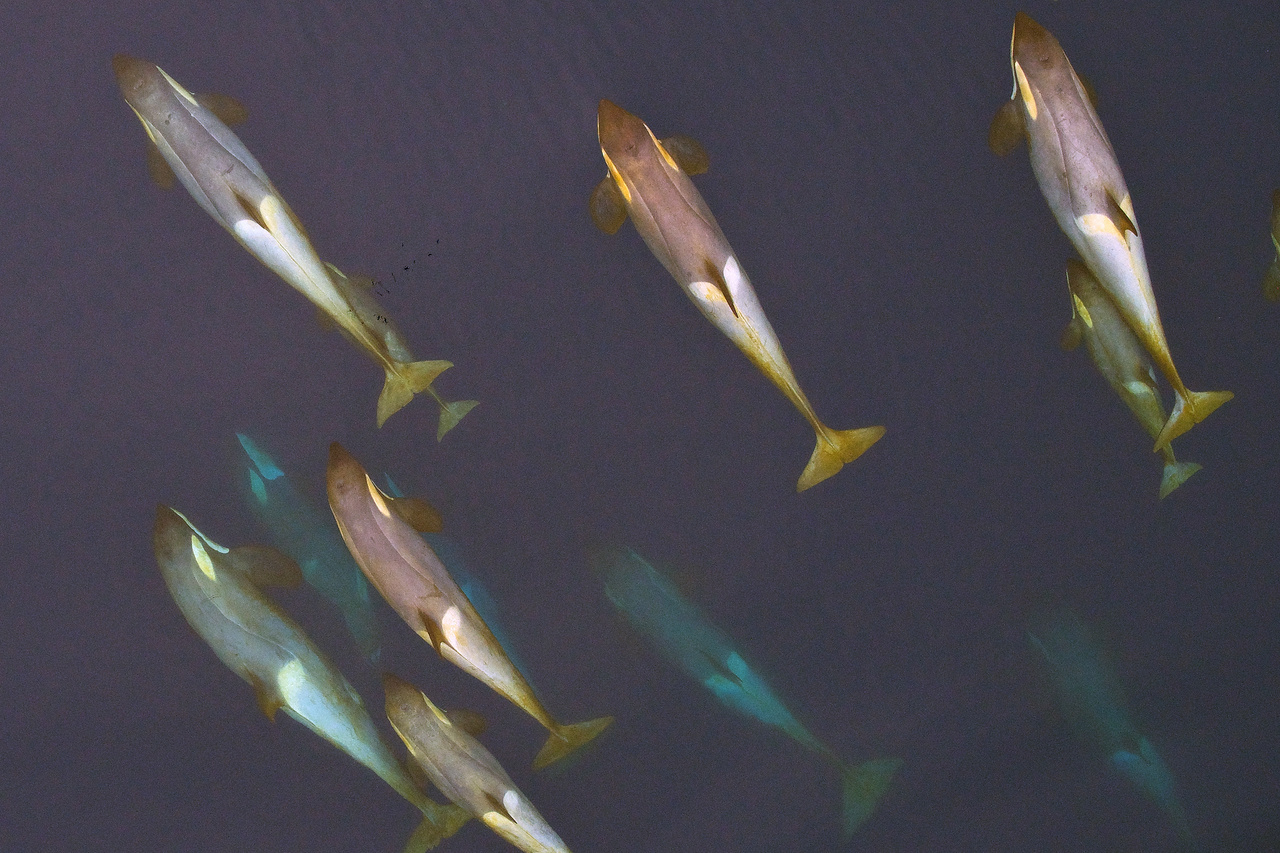
New Front Opened In Fight Against Common Cancer Driver
- The majority of human cancers are driven by high levels of the protein MYC, but it has been challenging to develop new medicines that directly inhibit MYC.
- Our researchers revealed that MYC-driven lymphoma cells rely on the protein MNT for their survival, and without MNT the cells rapidly die.
- The results suggest that inhibiting MNT might be an effective new approach for treating MYC-driven cancers.

Unique Non-Oxygen Breathing Animal Discovered
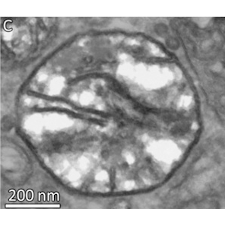
Still A Fan Of The Golden Tan?: Tune In To Social Media And Tone Down Your Risk Of Skin Cancer

Turbulent Times Revealed On Asteroid 4 Vesta
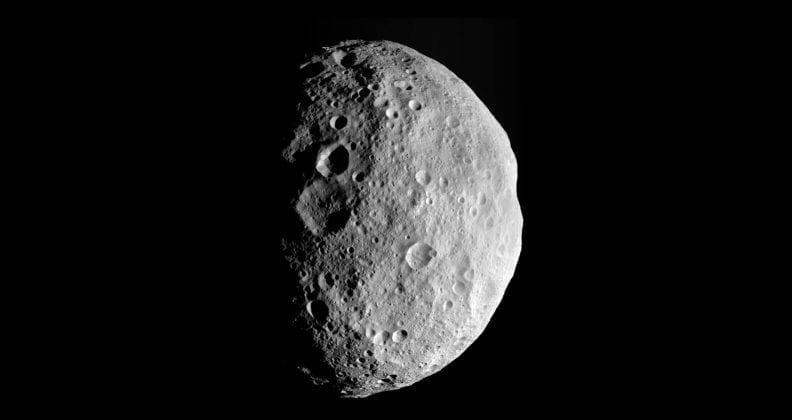
New Strategy To Protect Wine Grapes From Smoke-Taint
Disclaimer: These articles are not intended to provide medical advice, diagnosis or treatment. Views expressed here do not necessarily reflect those of Pittwater Online News or its staff.